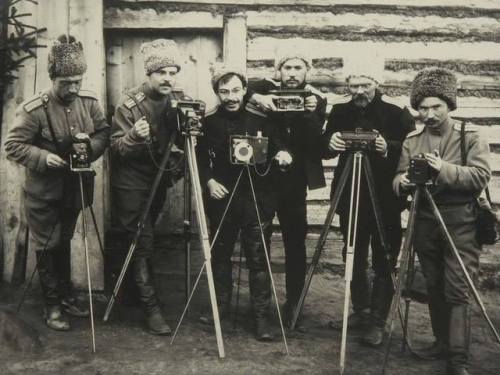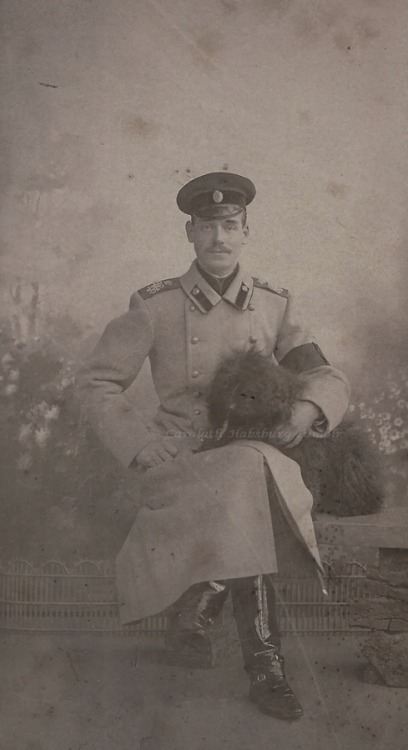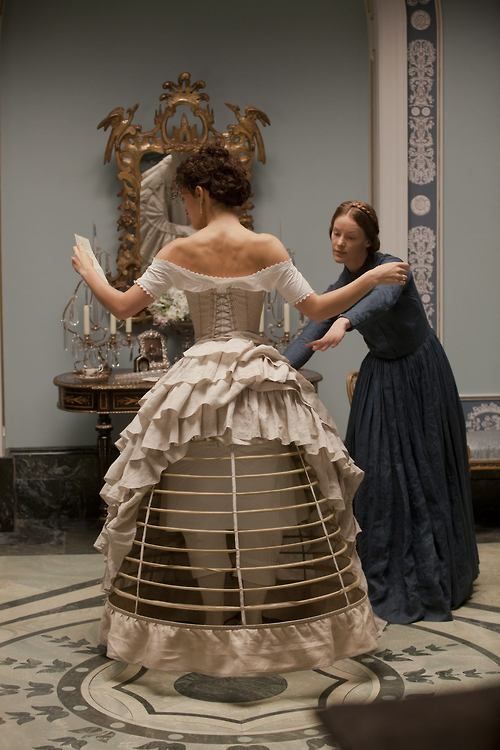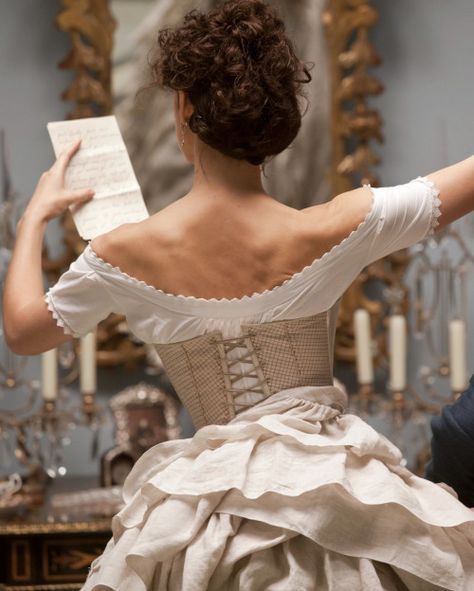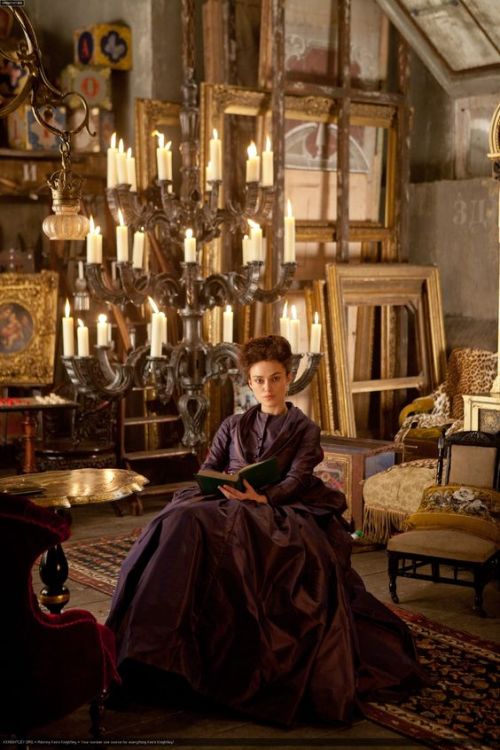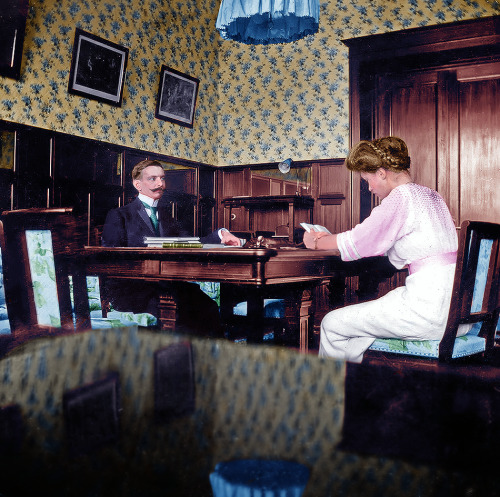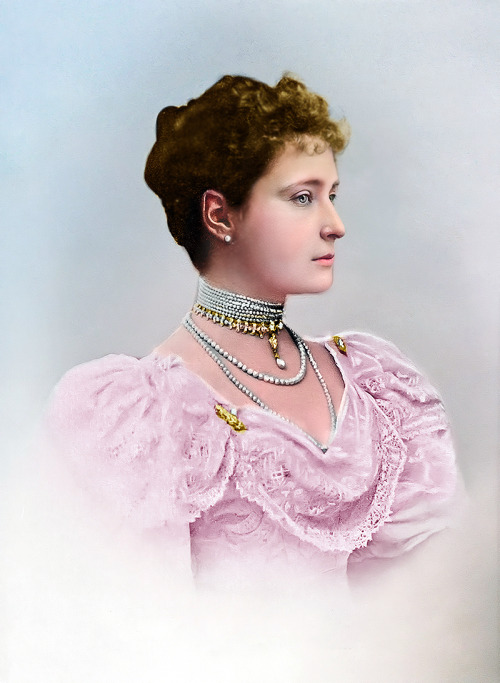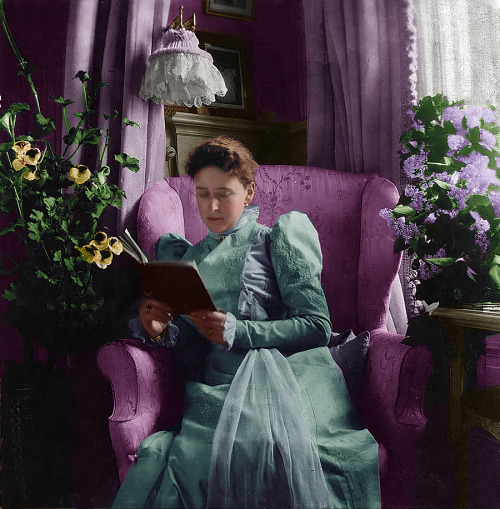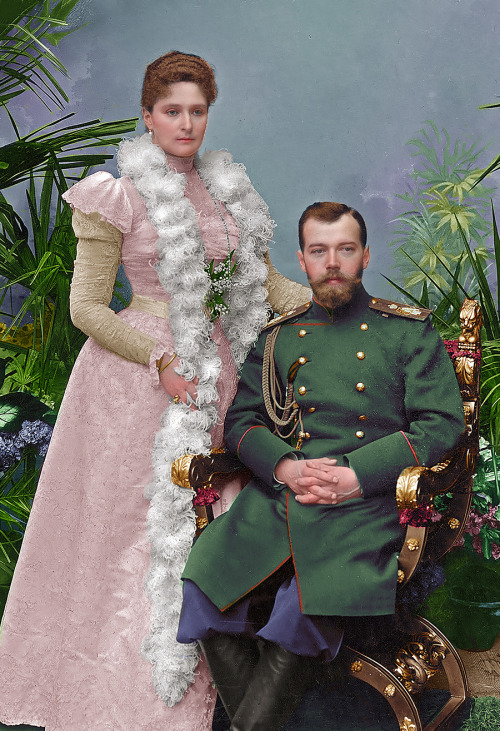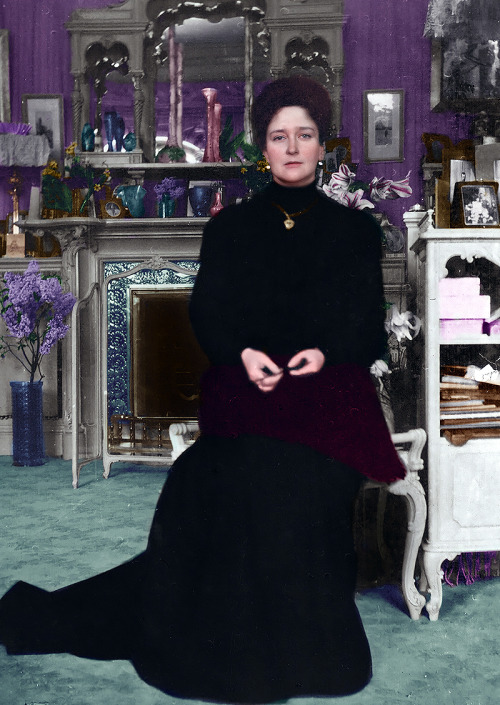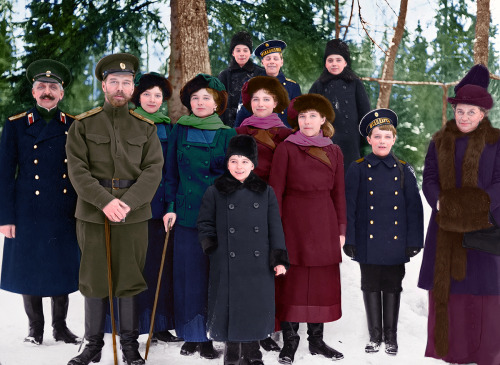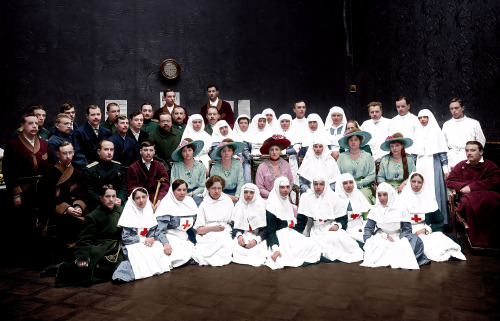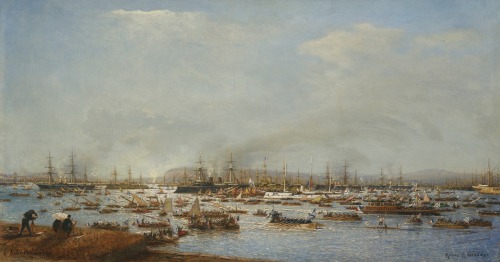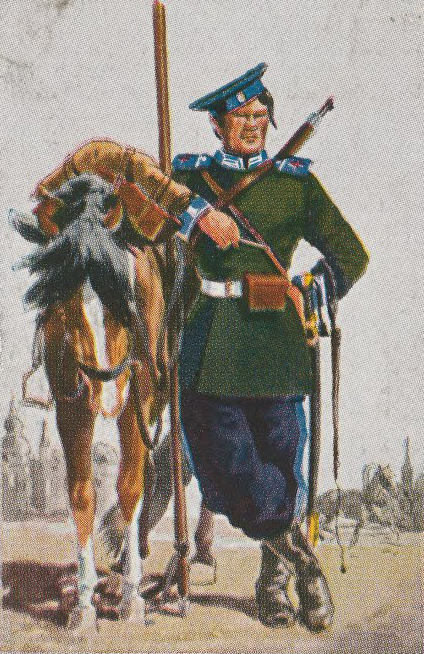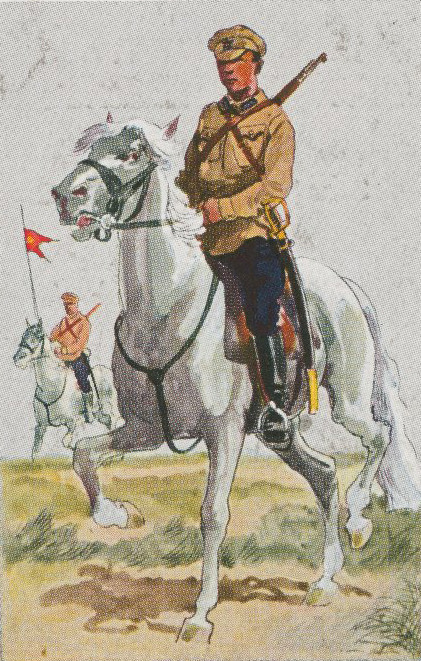#imperial russia

Grand Duchess Maria of Russia, then Duchess of Saxe-Coburg and Gotha

Princesses of Denmark: Alexandra of Wales and Maria Feodorovna.
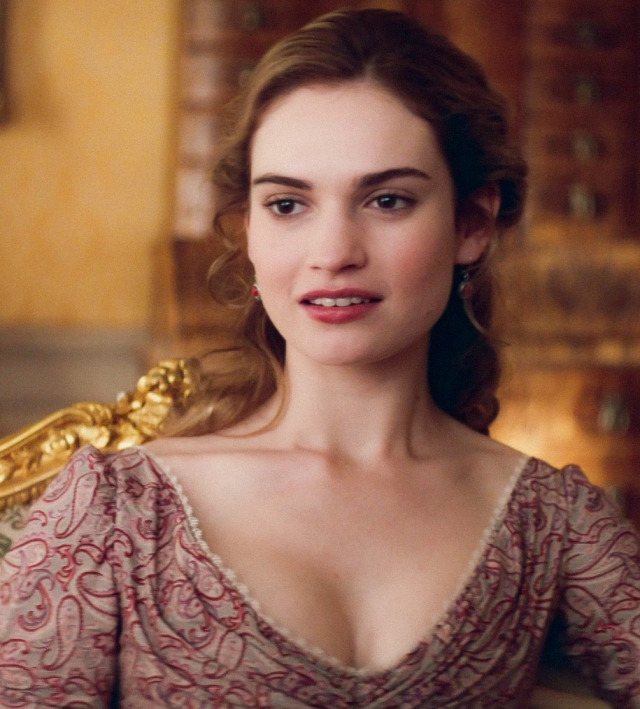
War & Peace (2016)

The Seagull (2018) dir. Michael Mayer

War & Peace (2016)

War & Peace (2016)
Costume Design: Anna Karenina
“All the variety, all the charm, all the beauty of life is made up of light and shadow.”
(links in photo descriptions)
Post link
Emperor Nicholas II with his wife Empress Alexandra Feodorovna and sister in law Grand Duchess Elizabeth Feodorovna, 1898.
Post link
Emperor Nicholas II with his children: Grand Duchesses Tatiana, Olga, Maria, Anastasia, and Tsarevich Alexei, and with sons of his sister Grand Duchess Xenia: Princes Rostislav, Dmitry, Feodor, and Vasili*, ca.1914.
*I’m not very good with recognizing Xenia’s sons so please let me know if I made a mistake.
Post link
Empress Alexandra Feodorovna of Russia with her daughters Grand Duchesses Olga, Tatiana, Maria and Anastasia of Russia, visiting wounded soldiers, 1915-1916.
Post link
Empress Alexandra and Emperor Nicholas II of Russia during their visit to United Kingdom in 1896.
Post link
Empress Alexandra Feodorovona of Russia with her second daughter Grand Duchess Tatiana Nicholaieva of Russia, Livadia, 1914.
Post link

“I feel like I’m entering the Fatherland,” Charlotte told the mourners as her carriage crossed the Russian border. The Cossack convoy that met her burst out “Hurrah!”, the princess told them in Russian: “Thank you, guys.” Then she turned to the Cossack colonel: “Please order them to shout again, I like it…” She sought to speak Russian with those courtiers who did not know foreign languages. However, despite the fact that her teacher was the poet Vasily Zhukovsky, Charlotte did not learn Russian until the end of her life.
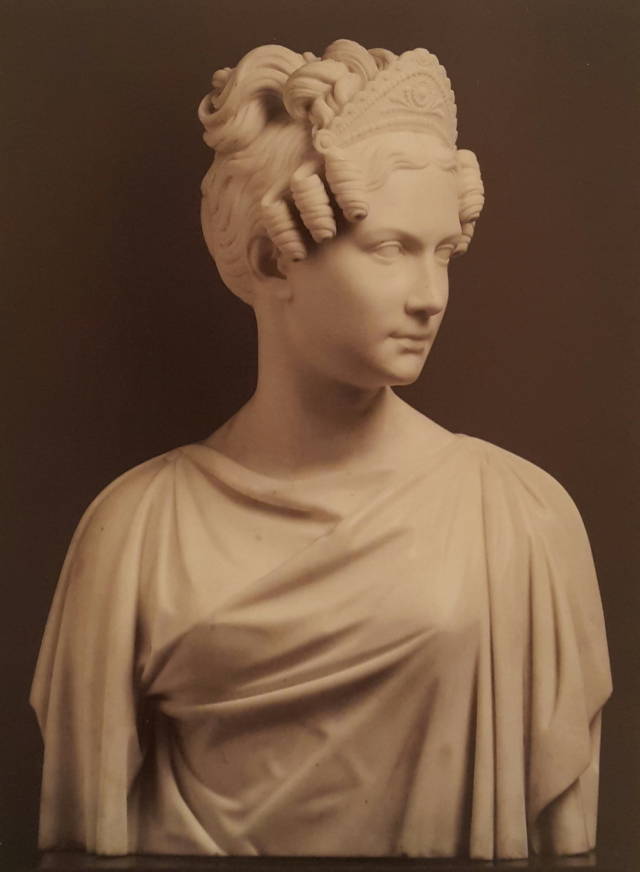
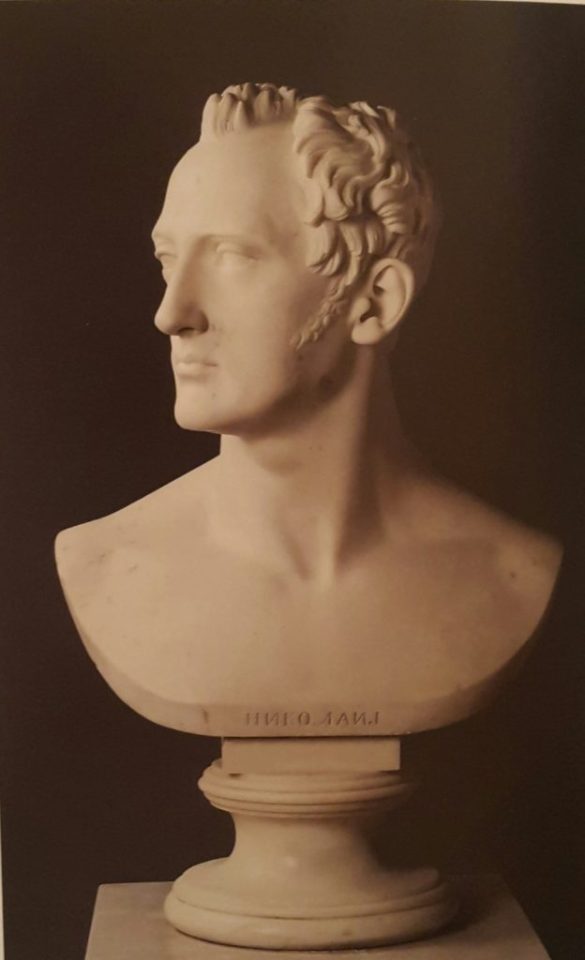
Busts of Emperor Nicholas I of Russia and Empress Alexandra Feodorovna
The Entrance Of The Russian Fleet Into Toulon Harbour, October 1893.
13 October 1893. The Russian Mediterranean squadron sailed into the port of Toulon under the flag of Rear Admiral Fedor Avelan to fanfare and ceremony reported across the globe. The French military squadron had visited the Russian base at Kronstadt two years previously, and this reciprocal event in Toulon marked a key moment in the rapprochement between the two countries, helping to forge the vital Franco-Russian alliance that was under negotiation at the time. Since his ascension to the throne, Alexander III had been determined to strengthen the Russian fleet and doubled its annual allocation to over 50 million roubles, which in terms of sheer combat power allowed Russia to close the gap with the British and French navies by the turn of the century.
Over 300,000 people flocked to Toulon to attend the festivities and glimpse the Russian sailors, thousands sleeping in the city’s parks or sailing into the harbour in small launches and yachts to circle the ironclads. Grand balls, luncheons, speeches and processions were held for the Russian officers in both Toulon and Paris; a commemorative medal was struck and Avelan was presented with numerous formal gifts includinga beautiful leather-bound book Le livre d'or produced by artisans from Lorraine and an inlaid table by Emile Gallé.
According to contemporary newspaper reports, cries of ’Vive la Russie! Vive le Czar!’ filled the air and Russian flags, prints, trinkets and souvenirs filled the capital’s streets. As Tolstoy drily noted: ‘It happened that not only the men who ate, drank, and talked, but even those who were not present, hearing and reading of it in newspapers - all these millions of Russians and Frenchmen - suddenly imagined that they were somehow particularly in love with one another. All the French loved all the Russians, and all the Russians loved all the French’.
Painting by Alexei Petrovich Bogoliubov.
Post link
Various Russian and Soviet cavalrymen, 1914-32.
From the Anne S. K. Brown Military Collection.
Post link


